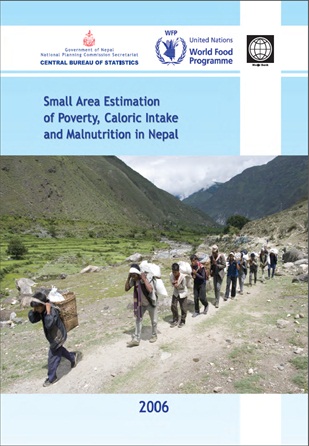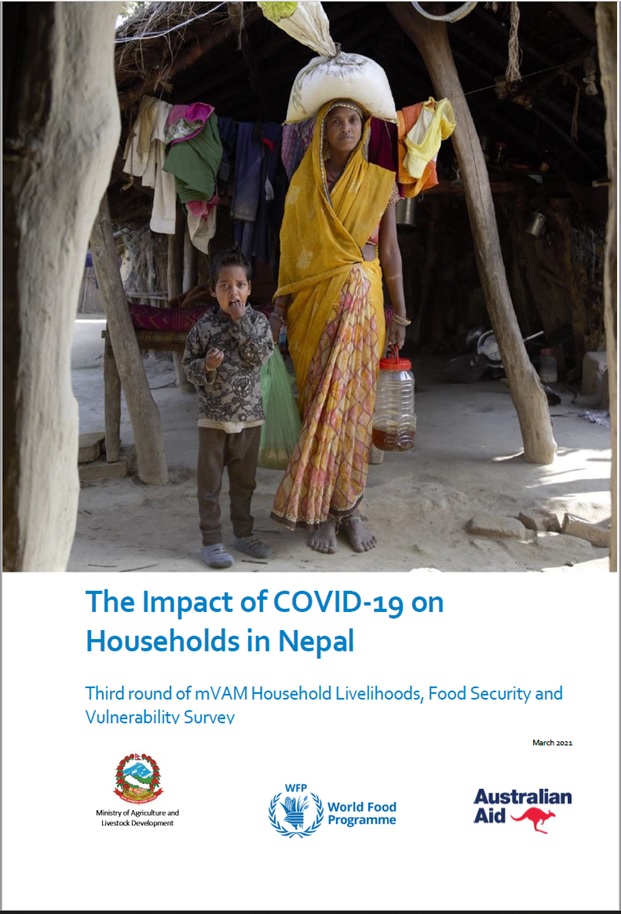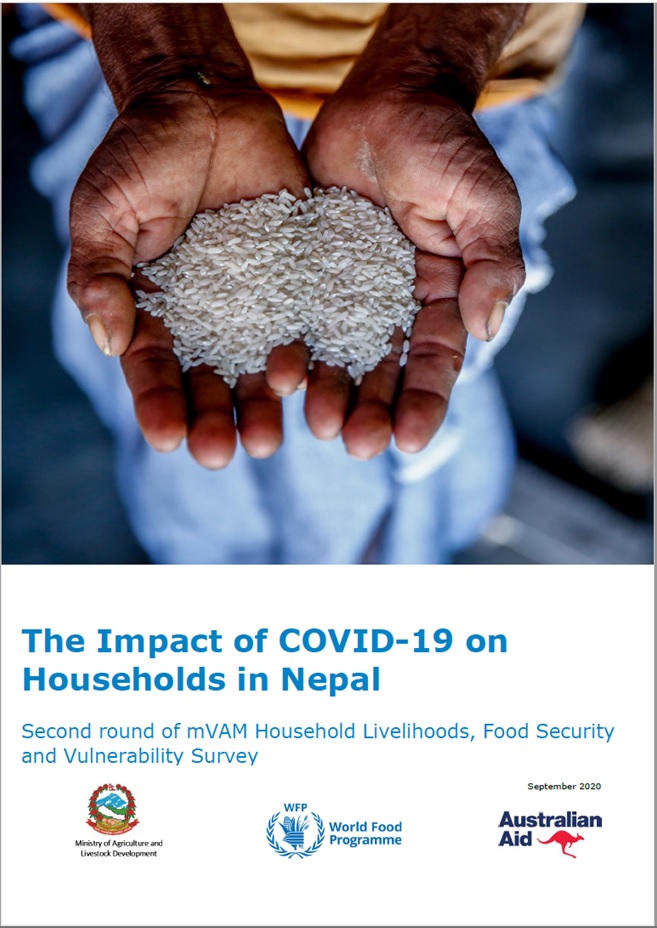Small Area Estimation of Poverty, Caloric Intake and Malnutrition in Nepal, September 2006

Welfare levels tend to vary among the regions of almost every country of the world. Nepal is no exception: pockets of severe deprivation are a widely acknowledged, albeit only partially documented, phenomenon. The existence of such poor areas can be due to differences in geograph - altitude, topography, biophysical endowment, access to infrastructure and markets - as well as due to government policies, such as the distribution of centrally allocated resources, or migration policies.
In the face of such geographic heterogeneity, successful policy making in Nepal requires a good information base. For instance, an understanding of poverty and malnutrition levels at detailed spatial scales is a prerequisite for fine geographic targeting of interventions aimed at improving welfare levels. Decentralization has meant that decision making for poverty alleviation programs is shifting from central government to regional or local levels. However, local decision making, the design of the decentralization processes and even the decision whether or not to pursue further decentralization, should be based on reliable, locally relevant information on living standards and the distribution of wealth. In Nepal, to date, such information was not readily available.
News & Events
- Brief on the Food Security Situation in Nepal (Mid-July to mid-November 2017)
- Launch of Food Security Information System for Nepal
- Second Advance Estimate of 2016/17 Wheat Production in Nepal using CRAFT
- Brief on the food security situation in Nepal (Mid November 2016 to Mid March 2017)
- Updated NeKSAP guidance on food security response analysis and district food security monitoring

